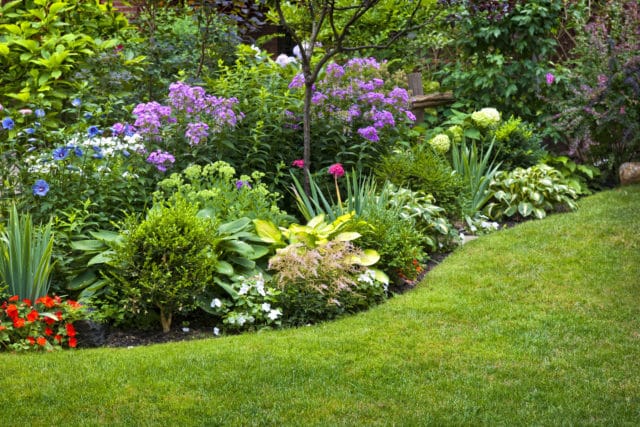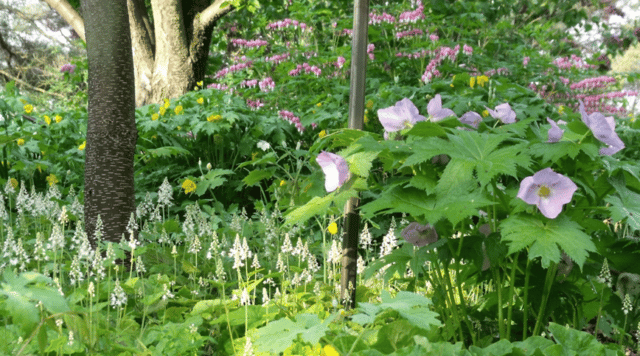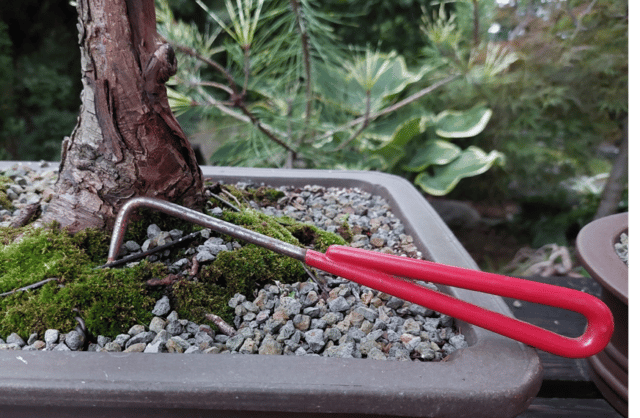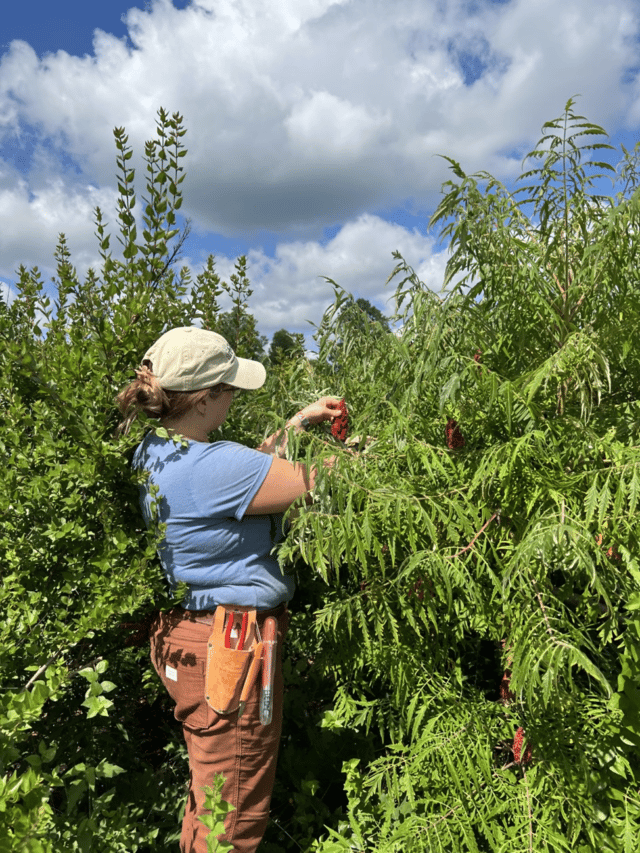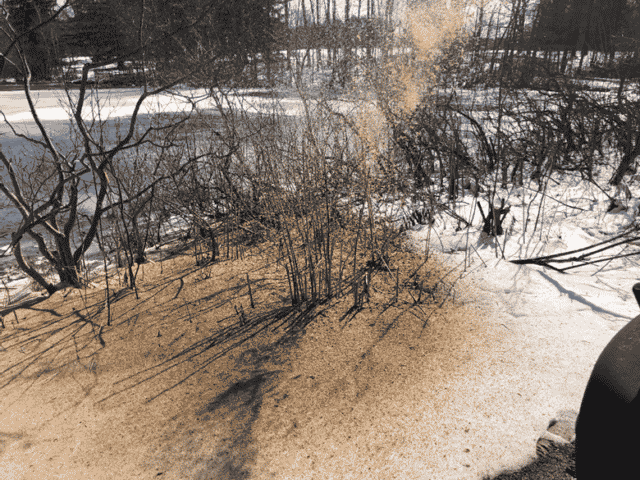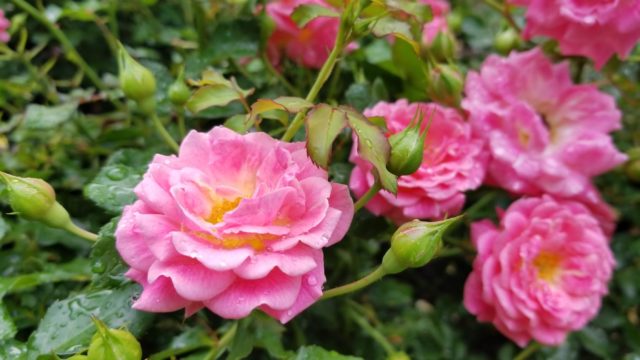
By the time late August and September roll around many of us start to experience what I call annual fatigue. Annual fatigue is the feeling you may begin to feel towards your summer annuals when the plant’s roots have grown to the point that they require almost daily watering and regular fertilizing. Which almost always happens to coincide with the hot 90 degree days (or weeks) we get this time of year. Add a paved or cement patio and those little flowers are cooking!
The Terrace at the Botanical Garden is one of these very hot, full sun spaces which is primarily planted with different annuals every season. And with 9 other acres of gardens, watering the Terrace can feel a bit tedious. So after last season, where I had (thirsty) annuals in pots through our warm-enough October, I decided to DIY my own xeriscape garden this year.
A xeriscape is a style of horticulture design which requires little or no outside irrigation. Typically people will picture the classic Arizona/California desert garden filled with agave and stone mulch when they hear ‘xeriscape’. But being the botanical garden we need to have a little more pizazz than that!

Portulaca ‘Mojave tangerine’, pink Euphorbia milii, and Chrysocephalum ‘Flambe Yellow’ were the 3 drought tolerant plants I chose for color and flower. Portulaca is a succulent, Euphorbia milii is a cactus like shrub, and Chrysocephalum is a desert adapted plant from Australia.
Othonna capensis ‘Ruby Necklace’ and donkey tail cactus were both planted as the trailers. Othonna has the purple/red leaves and some occasional yellow flowers while the donkey tail cactus (not a real cactus) brings in the blue/silver foliage from the Chrysocephalum.

Once those plants had been selected as the framework of the design, the rest of the plant material was borrowed from other places in the garden. The large specimens which are usually used inside the building or in our glasshouses came out to spend the summer outside complementing the planted pots. Dracaenas, Yuccas, and Sansaverias that we save for use in indoor shows or other summer displays became the container’s centerpieces. Succulents left over from previous programing and some propagated from leaves and pups became the filler material.

When the plants were first planted the continuous moisture from the spring rains were causing rot at the bottom of many of the plants. This was quickly remedied by laying a layer of pea gravel as mulch to allow separation from the damp soil. Other than that one fix at the beginning, the design has worked well. So far we have manually watered the containers just 3 times. The color, the interest, and the impact is still there, just with less work!
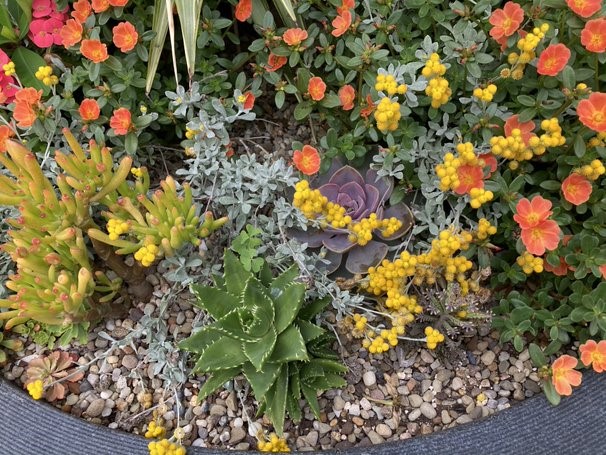
So if you’re like me, and are over carrying watering by now, come check out the xeriscape on the Terrace at the Cleveland Botanical Garden and get some ideas about how you could create your own, low-maintenance containers using houseplants, annuals, and easy to grow propagations.
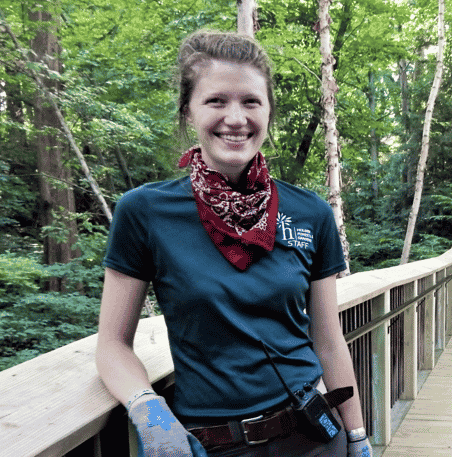
Caroline Paul
Horticulturist

